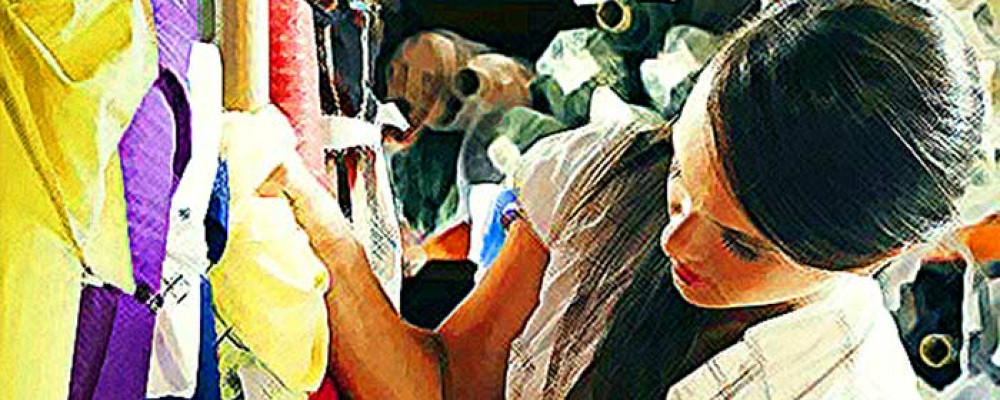
Choosing A Quality Fabric For Shirts
You may think that choosing a fabric to make a shirt is just a case of choosing the colour you like best, but it's a lot more complicated than that! There are several key factors that you need to consider to choose shirting fabrics.
Here is our quick guide on how to pick a quality fabric that will suit your customers' needs:
Material
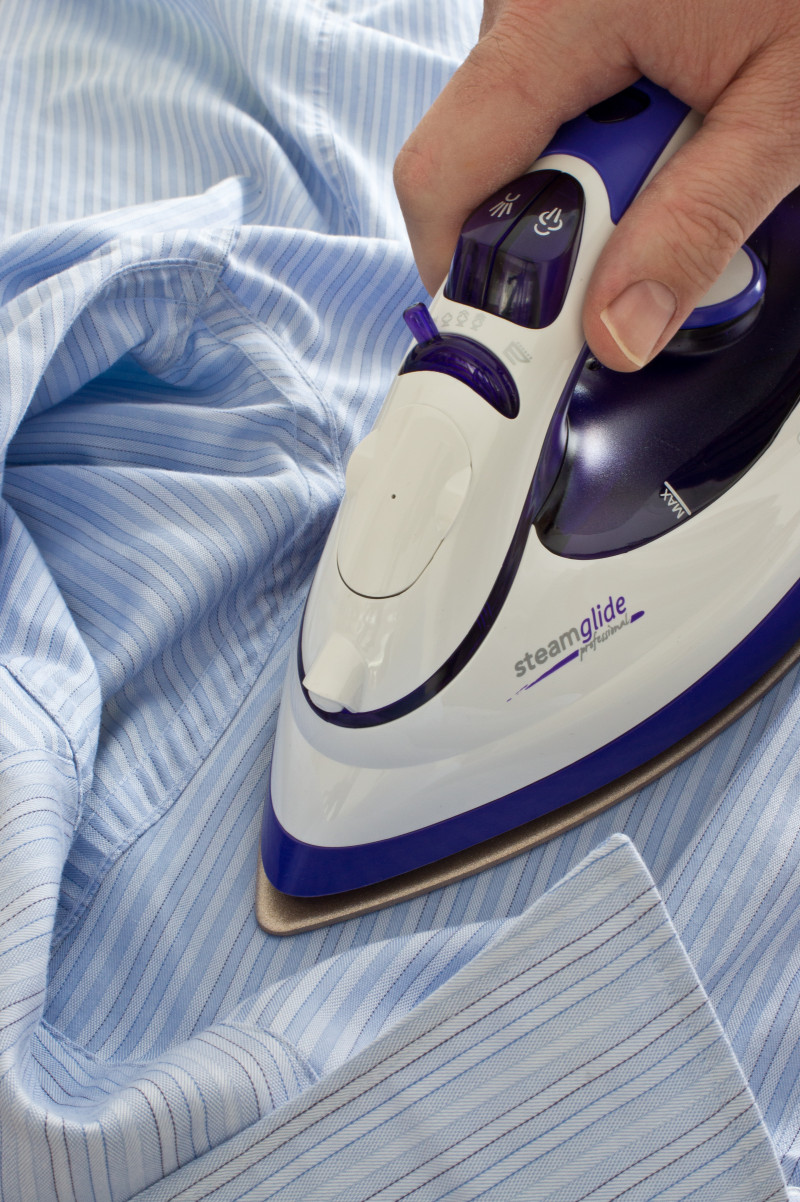
Before you can do anything, you first need to decide what your shirt is made of. To do this, you need to be 100% clear on who it is you're making the shirt for, who are you targeting? How the shirt is going to be used by your customer is of huge importance. For example, for ease and quality, a high-flying city type will probably favour taking his or her shirts to a dry-cleaner, than doing the washing and ironing at home. In this case, you need a higher quality fabric to suit the expensive tastes of your customer and you'll certainly need to keep an eye out for natural fibres - the higher percentage the better. In fact, some high end shirting companies argue that unless the fabric is 100% cotton or 100% linen, don't bother! Natural fibres also have the added benefit of better breathability - ideal for commuters stuck on hot trains, for example.
For shirts that are likely to be washed and ironed at home, such as school shirts, you'll definitely want a percentage of synthetic fibres in there. This resists crinkling whilst being worn, and also makes ironing 100 times easier when it comes out of the washing machine.
Secondly, what time of year will the shirt be worn? If it's a summer item, then you'll want a thinner, more breathable raw material. For resort wear, for example, you may prefer to opt for a linen or hemp fibre as these are much more suited for sweatier climates. These fibres tend to "relax" more easily (i.e., don't hold the structure you'd expect from a tailored shirt), which works really well for a relaxed, beach holiday item. For summer work suits, you will want to target a soy, bamboo, banana or cotton fibre - natural, but crease resistant. Bamboo also has some useful antibacterial properties, ideal for hot weather.
Ply
If you missed my previous article and you're not sure what ply means, here is a quick introduction. When a raw material, such as cotton or linen, is spun into a yarn, different manufacturers will spin it differently. Some just spin one single thread, which is called ‘single ply’ or just ‘ply’. However, if you want a yarn that is stronger and more resilient, it is better to spin two yarns together, which is called ‘two ply’. You can probably work out what ‘three ply’ and ‘four ply’ are etc. Most manufacturers agree that two ply is the best fabric for quality shirts,both on the warp and the weft, for its lightness, breathability and durability.
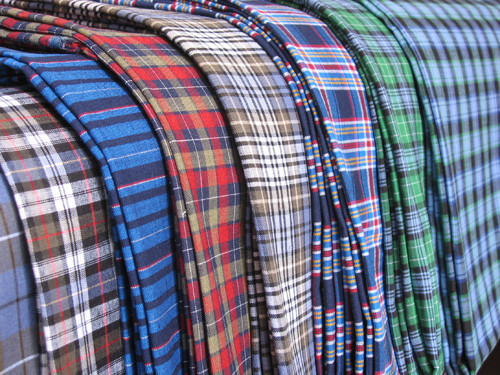
Twists
We were fortunate enough to have a long chat with Suzanne, who does custom t shirt printing in Southampton, Hampshire by crescent moon design and she really got into detail about what fabrics to use and when. When manufacturers make the yarns, they have to be twisted together. The number of twists a yarn has will determine the properties of the final fabric. Smooth surfaced fabrics need an optimum twist to increase strength, smoothness and prevent creases. Higher twists also reduce pilling. For a high quality shirting fabric for work, this is the type of twist you'd want. For a voile shirting, you want to look for a high twist yarn with a tendency to curl. This creates a transparency whilst still being durable. To get even more transparency and also to produce vibrant colours you might want to find a fibre that is “gassed”. This is where any fibres that stick out are burnt off the yarn. If you want to know more about twisting yarns, here's a great article explaining twisting further.
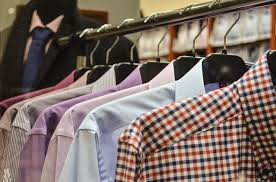
Super numbers
As if it wasn’t complicated enough already, now for super numbers. To put it simply, the higher the super number, the finer and thinner the yarn, which means that the fabric will be very soft. On the other hand, it can also mean that it is not as strong, so you will need to look for a balance between a high super number giving the fabric a great feel, and a low super number that will give the fabric great durability. According to experts, the best medium ground for shirting is a Super 60 or Super 80; they wrinkle less than higher super numbers, and are very strong. I've written a bit more on super numbers in this article.
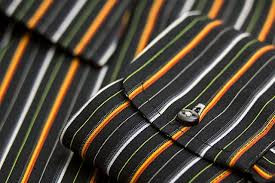
Weave
Last but by no means least, you need to consider the weave – or more accurately, how the fabric was woven. Just like knitting, there is more than one way to weave, and different types of weave have different advantages and disadvantages:
- A plain weave is the most basic, but it is usually more susceptible to creases, lacks shine and may become transparent against the light - something you should check with every fabric you work with.
- Then there is the "fil a fil", also known as the end-on-end. This is basically a plain weave but with two alternating light and dark warp and weft threads, resulting in a heathered effect (refer to the image below).
- A voile weave, on the other hand, is woven much wider which creates an airy fabric that is very soft.
- A twill weave creates a faint diagonal ridge down the fabric. It is often more expensive because it uses up more yarn. Examples of twill weaves include herringbone, denim, and houndstooth.
- A panama weave – which is also known as an Oxford weave. This looks a lot like a basket weave, which has the structure of a plain weave but with thicker yarns, creating a much bigger cross-hatching pattern.
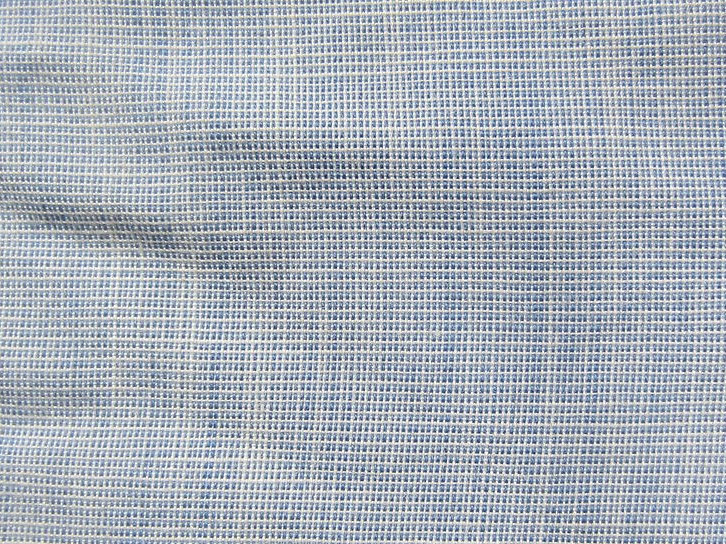
So there you have it. All of the information that you need to choose shirting fabrics of the best quality, to suit your customers' needs and in turn, create a sustainable business with happy customers. If you like these articles, please do sign up to the monthly mailing list where I round up the latest posts, so you never miss out, and I'd really appreciate if you'd click the link below to show your support and tweet the article too. Thank you!
Choosing A Quality Fabric For Shirts #fashiondesigner #business #entrepreneur

